Periods happen. They will come and come again, and this is just part of a woman’s life. Us women use countless tampons and pads throughout our lives during our periods, however, how much thought are we actually giving to these products we use? Women’s hygiene products have always been a curious part of the health product market as it is an area that if often not thought about as a source of danger and toxicity.
Manufacturers of tampons and sanitary pads are not required to disclose the ingredients used in their products, and the truth is that many of these manufacturers are using GMOs and pesticides in the creation of these products. Most tampons and pads are made from cotton which is highly GMO and sprayed with all kinds of chemicals.
When you start think about where these products go, there is a 0% chance you want to be thinking about contact with toxins. When chemicals come in contact with your skin, they are absorbed straight into your bloodstream without filtering of any kind, and they go directly to your delicate organs. Your skin is the largest organ in your body, and also the thinnest. Less than 1/10th of an inch separates your body from potential toxins. Worse yet, your skin is highly permeable — especially the skin around your lady parts, not to mention inside the vagina itself. Once these chemicals find their way into your body, they tend to accumulate over time because you typically lack the necessary enzymes to break them down.
When you think about your exposure to these chemicals over the course of a lifetime, it really adds up. The average North American woman uses up to 16,800 tampons in her lifetime. THAT’S A LOT OF TAMPONS and A LOT OF CHEMICALS. Furthermore, tampons can react with bacteria in your body to create the ideal environment for bacteria to flourish, triggering toxic shock syndrome (TSS).
When I was younger, I always thought TSS happened if you left a tampon into long but that’s just not the case… TOXIC SHOCK SYNDROME … Direct correlation to toxicity. And that’s just tampons. Many women use countless sanitary pads in place of, or in addition to tampons. Conventional sanitary pads can also contain a ton of other potentially hazardous ingredients, such as odour neutralizers and fragrances. Synthetics and plastic also restrict the free flow of air and can trap heat and dampness, potentially promoting the growth of yeast and bacteria in your vaginal area. Toxicity aside, these products have an environmental impact as well. Each conventional sanitary pad contains the equivalent of about four plastic bags! Yet, we are only just now starting to have the conversation about how harmful these products actually are.
So, if most items that come in constant contact with your skin will end up in your bloodstream and distributed throughout your body, isn’t important to start questioning how they’re made? Especially when it comes to items that you are potentially inserting into yourself! You know how I feel about GMOs in food. Hell no. Why should GMOs or pesticides in tampons and pads be different? This is why I’m so fond of saying “don’t put anything on your body that you wouldn’t eat if you had to”. Choosing organic sanitary products is the smart choice and a preventative measure that I think all women should take. Yes, they’re a bit more expensive but what better to spend your money on?
Just some thoughts I wanted to share about organic tampons. I buy these, shop them below!
#YouGlwGrl,
xoxo


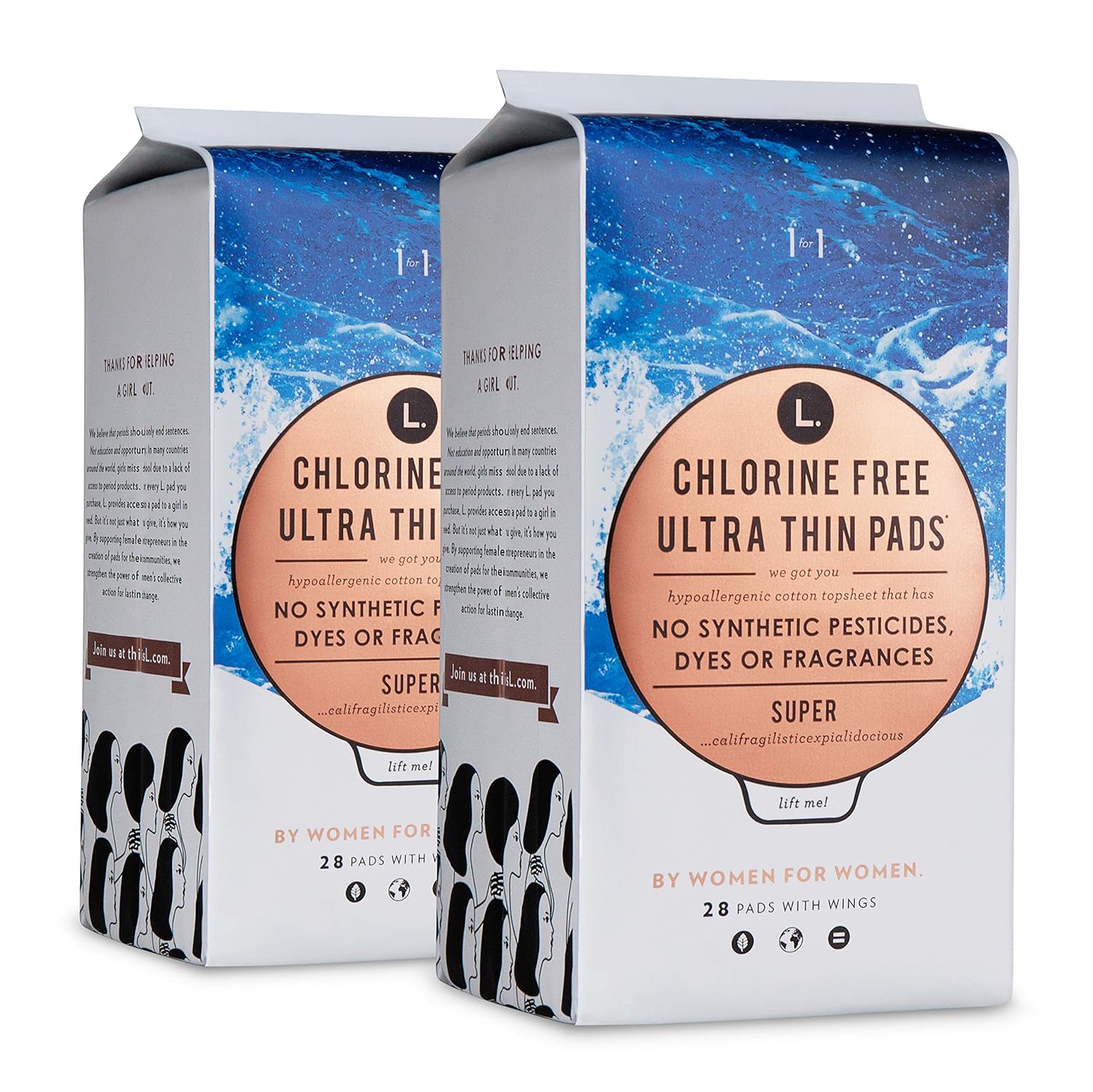
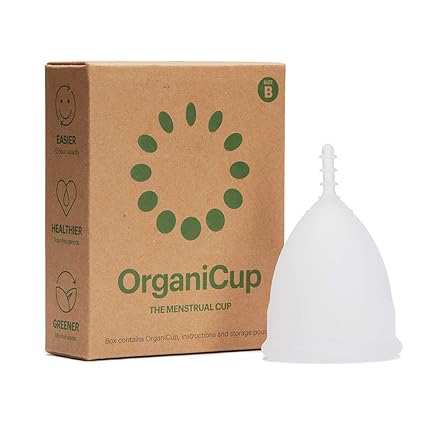
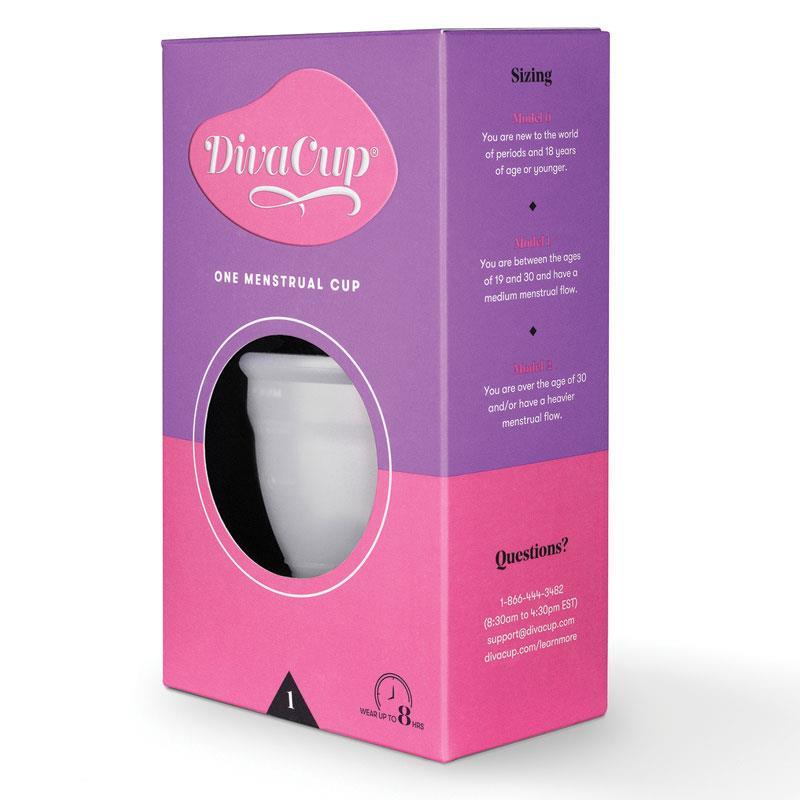
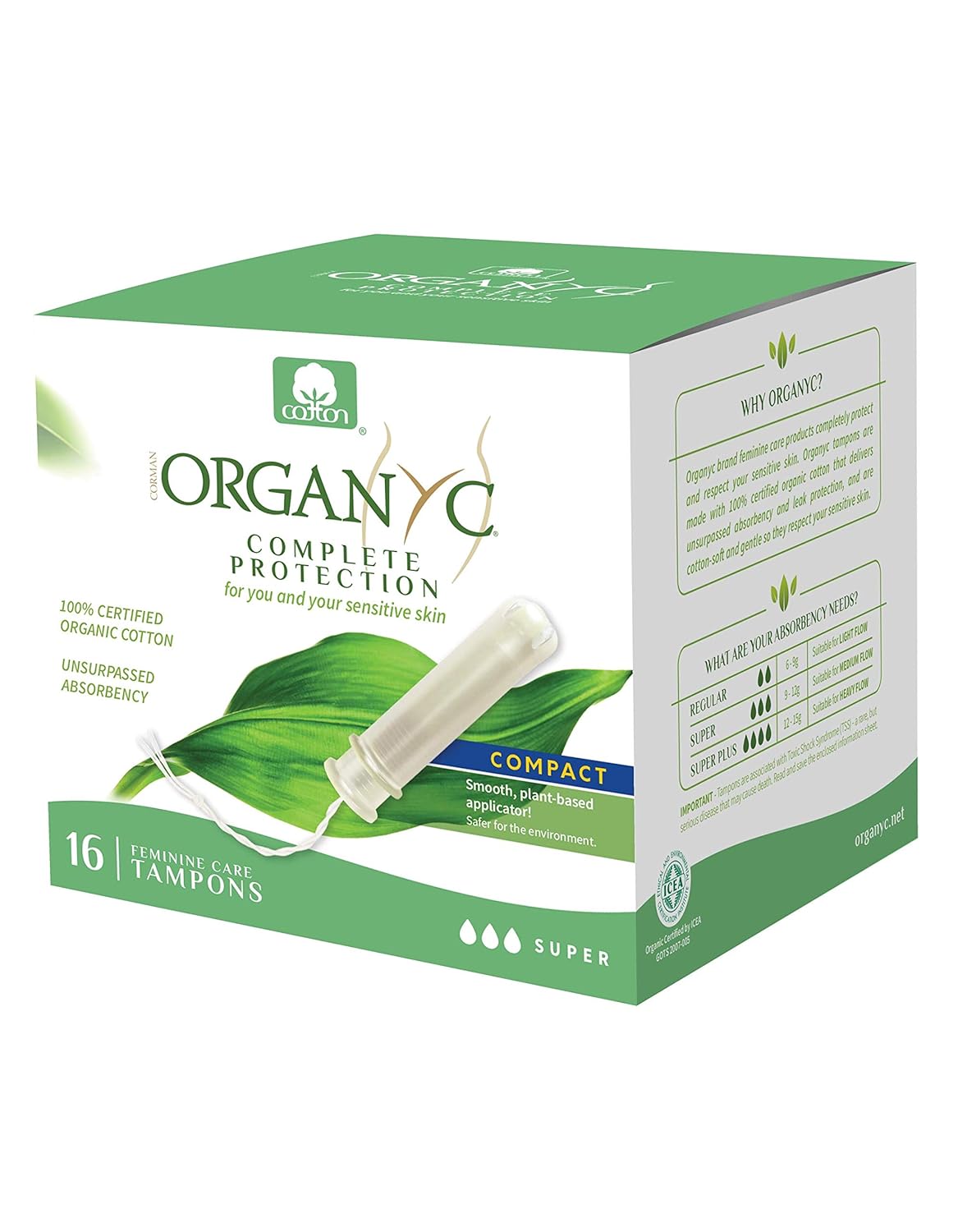
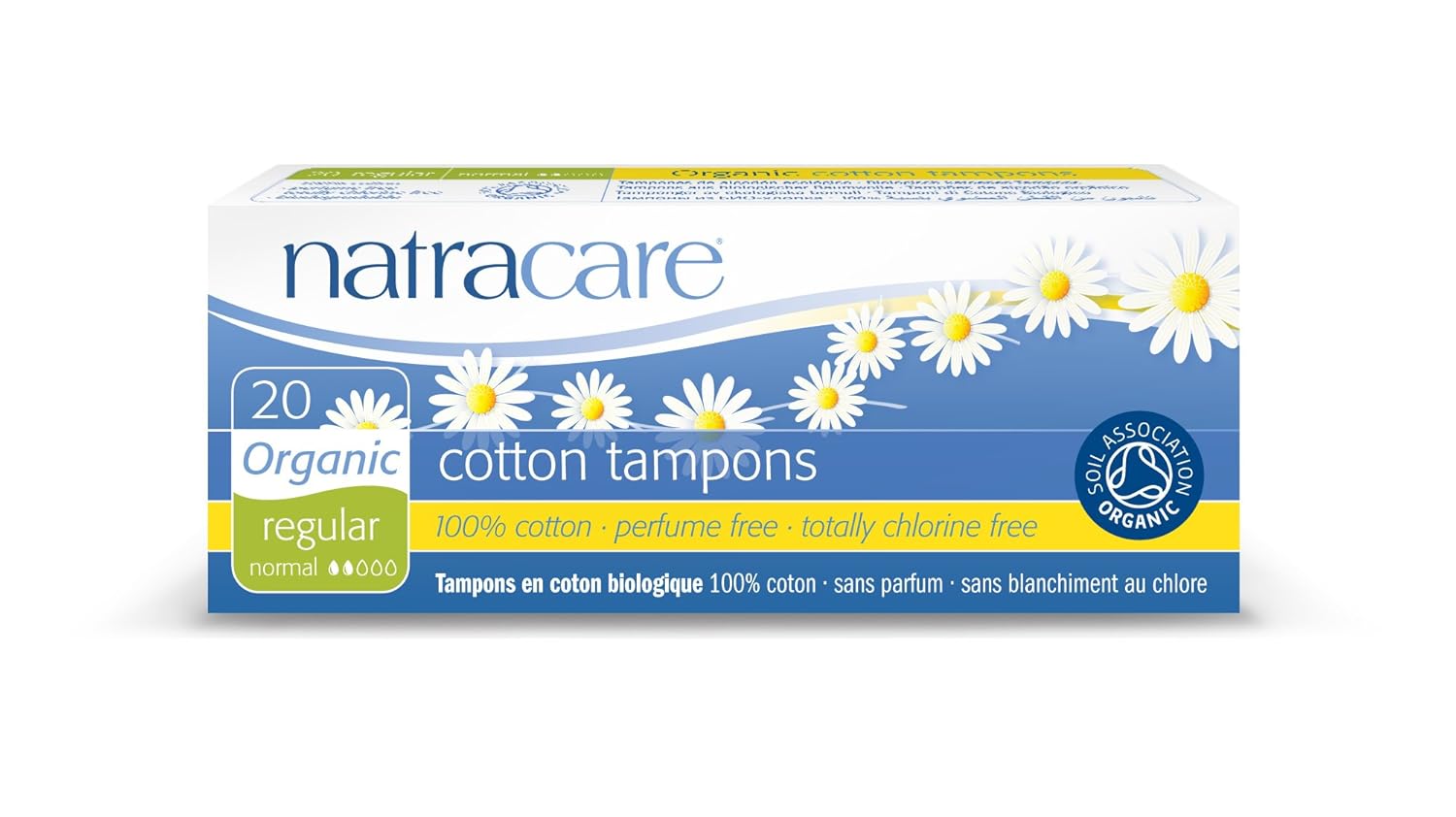

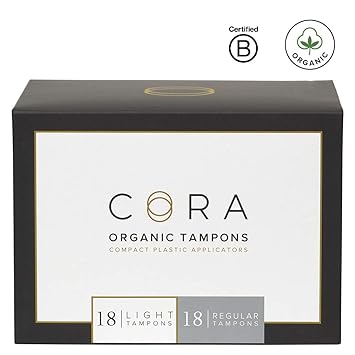
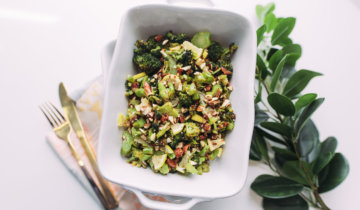
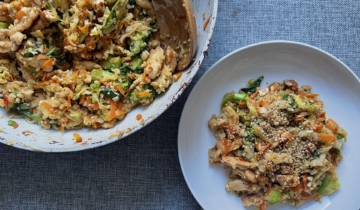

 No products in the cart.
No products in the cart.